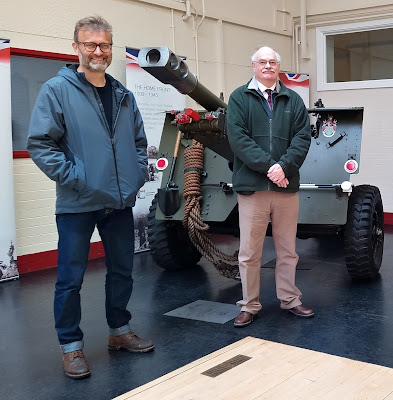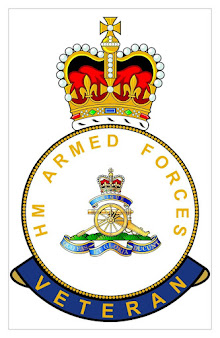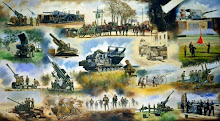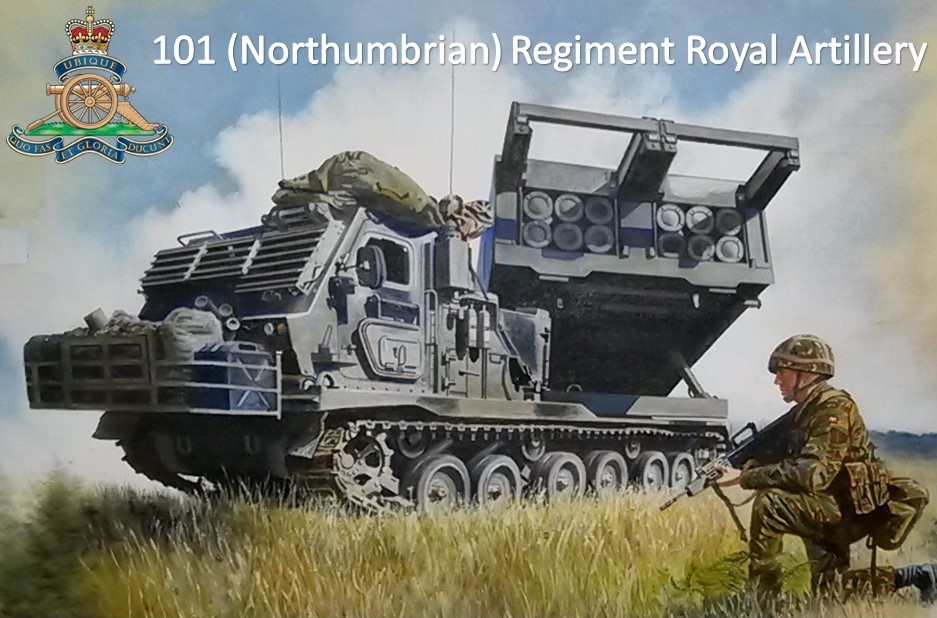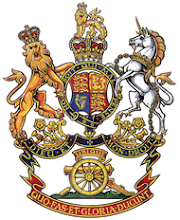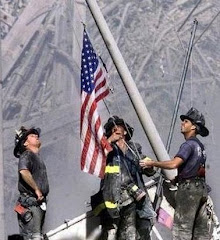The Portsmouth Naval Memorial commemorates 24,659 sailors of the First and Second Word Wars who have no known grave but the sea.
 |
| Portsmouth CWGC Naval Memorial |
At the end of the First World War, the Admiralty decided that a memorial should be built in each of the three manning ports, the location of where a man was allocated for administrative purposes when he joined the Navy. Three identical memorials were built at Plymouth, Chatham and Portsmouth. The memorials, built by the Imperial (now Commonwealth) War Graves Commission, consisted of an obelisk prominently located so it could be seen by all vessels using those ports.
The First World War obelisk is mounted on a plinth which records the Naval actions of WW1 and the names of those lost, over 9,600.
 |
Portsmouth CWGC Naval Memorial
World War One Obelisk |
.JPG) |
Portsmouth CWGC Naval Memorial
World War One Commemoration |
 |
Portsmouth CWGC Naval Memorial
World War One General Actions at Sea |
 |
Portsmouth CWGC Naval Memorial
World War One Single Ship Actions |
 |
Portsmouth CWGC Naval Memorial
World War One Actions with Enemy Land Forces |
The memorial was extended after World War Two, when low walls were added to an enclosure north of the obelisk and panels added to record nearly 15,000 additional names.
 |
Portsmouth CWGC Naval Memorial
World War Two Commemoration Wall |
 |
Portsmouth CWGC Naval Memorial
World War Two Commemoration |
 |
Portsmouth CWGC Naval Memorial
World War Two Commemoration |














%20RFA.jpg)







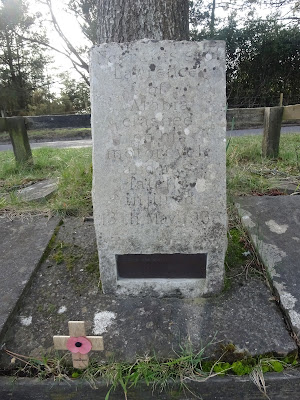



.JPG)




































